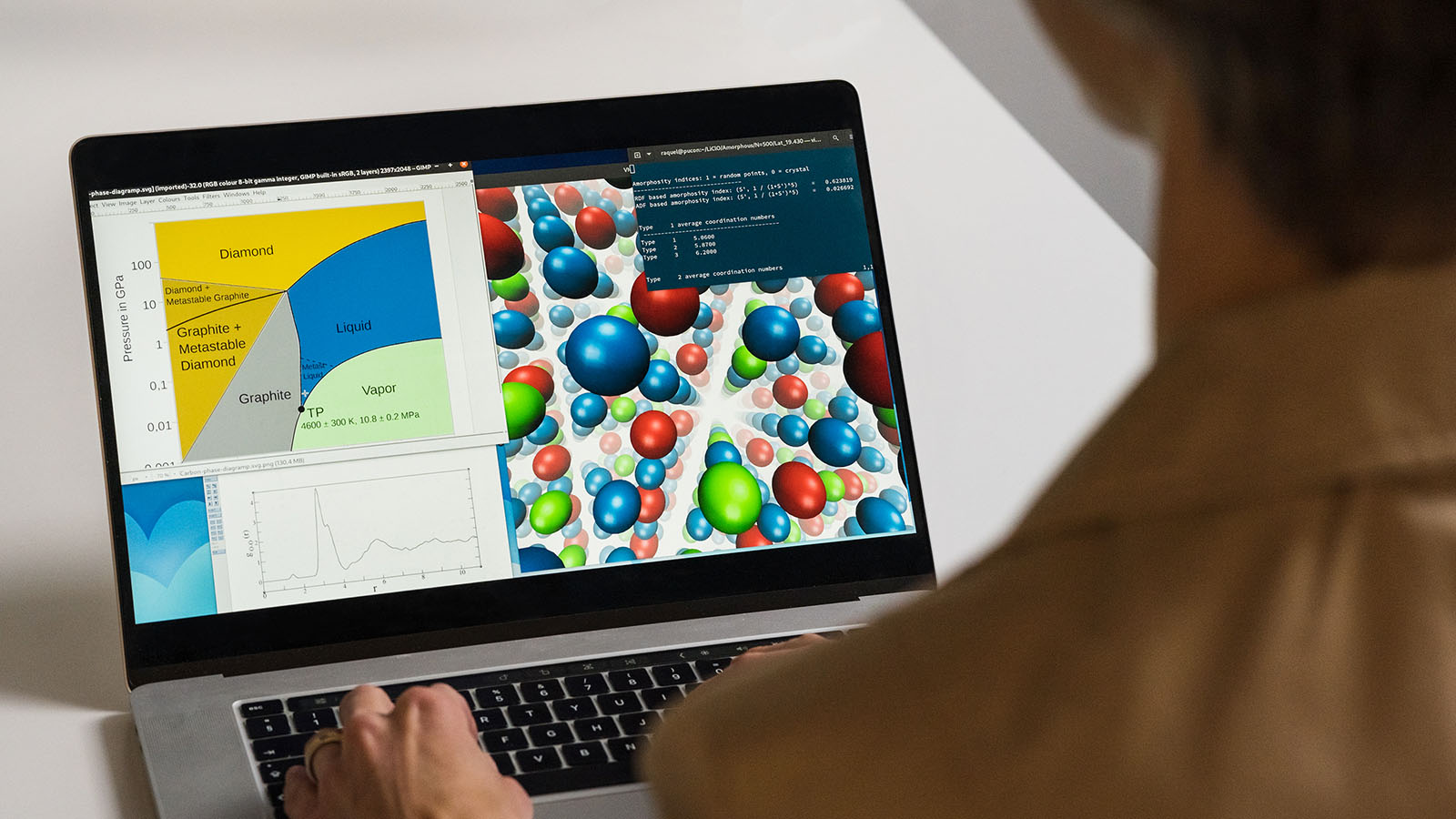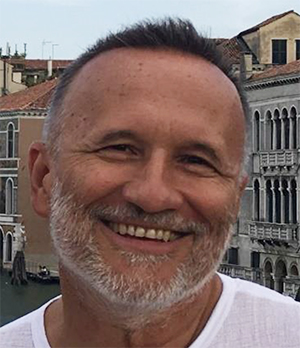Hillert Materials Modeling Colloquium series XV: Extending the Calphad method towards nano-materials

In this lecture Professor George Kaptay will discuss new rules for equilibrium phase diagrams of nano-materials, and show that the Kelvin equation being still widely accepted in chemistry, materials and biology – but not physics – should be replaced by the extended Gibbs equation. He will also present a general framework, that is basically an extended Butler equation, to model interfacial energies of various interfaces.
Time: Tue 2023-09-26 15.00 - 16.00
Video link: https://kth-se.zoom.us/j/67982925558
Language: English
Participating: Professor George Kaptay
Nano-materials are materials that contain at least one nano-phase. Nano-phases are phases with at least of one of their dimension in the nano-range, i.e. below 100 nm. All properties of nano-phases depend on the size(s) of their nano-dimension(s). Moreover, nano-phases do not have their own properties; all their properties (including their equilibrium properties) depend on the nature of the surrounding phase(s). Further, the phase rule of Gibbs is altered for nano-phases due to a new state parameter (the number of atoms in a nano-phase).
Therefore, all we know about how to construct and interpret equilibrium phase diagrams of macro-materials should be “forgotten” and new rules should be created and learnt for equilibrium phase diagrams of nano-materials. In this lecture mainly the latter new rules will be discussed. Most importantly it will be shown that the Kelvin equation being still widely accepted in chemistry, materials and biology but not physics (claiming that the nano-effect is due to the high curvature of the nano-phase) is wrong and should be replaced by the extended Gibbs equation claiming that the nano-effect is in fact due to the high specific surface area of the nano-phase.
As nano-equilibria are mostly influenced by interfacial energies, the general framework to model interfacial energies of various interfaces will be also presented. The latter is basically an extended Butler equation, which will be proven to be in agreement with the requirement that although equilibrium in bulk corresponds only to the minimum of molar bulk Gibbs energy, but equilibrium along bulk and interfaces corresponds to the minimum of the molar Gibbs energy of the system taking into account its bulk and interface terms. It will be also shown that the modified phase rule leads to separate solidus and liquidus lines even in one-component nano-systems.
Contact
